
Summer gardening guide
5 Minute Read
Get ready to transform your outdoor space into a flourishing green oasis with our expert advice, discover a wealth of top tips to ensure a bountiful and vibrant garden all season long.Embrace the flourishing beauty of your garden as summer arrives. To ensure its vibrant growth, it is crucial to prioritise watering, feeding, weeding, and the monitoring of pest infestations as these essential tasks will help you maintain a thriving and bountiful garden throughout the season.
Read on for our top tips to grow it your way this summer!
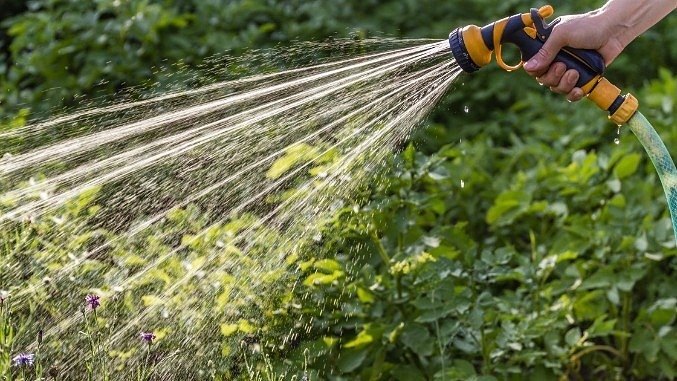
Watering
Rising temperatures and extended levels of sunshine can wreak havoc on plants if your watering schedule is out of kilter.
Always water your plants in the morning and avoid doing so during the midday period. The intense heat and faster evaporation during the day can do more harm than good. By watering in the morning, you'll prevent potential damage and ensure your plants receive the hydration they need.
Always water your plants in the morning and avoid doing so during the midday period. The intense heat and faster evaporation during the day can do more harm than good. By watering in the morning, you'll prevent potential damage and ensure your plants receive the hydration they need.
Watering tips:
- Focus on the root area - Avoid watering foliage, wet leaves are the perfect environment for plant disease.
- Apply mulch. Mulching aids with soil temperature regulation, helps to lock in moisture and slows evaporation.
- Invest in quality watering tools- The right watering equipment can help elevate your watering schedule, from professional, high-quality hosesto drip irrigation systems, getting watering right from the start is the difference between a vibrant garden and one that is lacking in vitality.
- Potted plants will require more watering; aim to water with 10% of the pot volume and use a saucer to allow the plant to re-absorb any excess water loss.
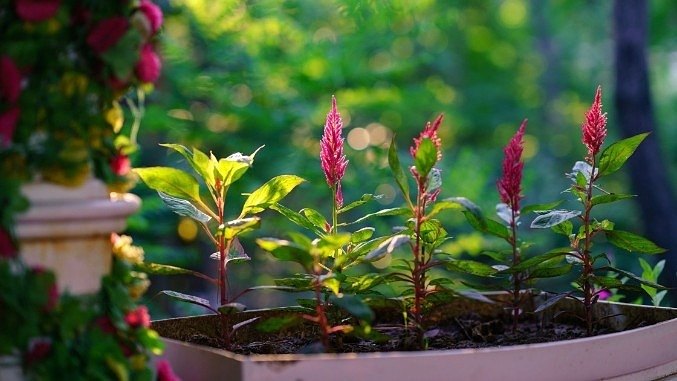
Feeding
During the summer months, when the roots of plants are actively growing, it is crucial to provide them with proper nourishment. Aim to feed your container plants, hanging baskets, and pots on a weekly basis using a suitable feed. Always adhere to the instructions regarding application rates to achieve the best results.
Plants grown in beds may require less feeding as they are getting nutrients from your soil, however, it’s worth knowing your soil type so you can help to create the perfect growing environment for your plants.
Plants grown in beds may require less feeding as they are getting nutrients from your soil, however, it’s worth knowing your soil type so you can help to create the perfect growing environment for your plants.

Why is soil important?
We've dug a little deeper to advise on how to get the best out of your soil.find out more
Top tips for feeding:
- Container plants require regular feeding. Aim for a weekly feedwhen plants are growing and the weather is much warmer and consider upping to twice a week for fast-growing plants.
- Always follow the manufacturer's instructions and ratios when feeding plants and keep a note of your feeding schedule.
- Wait until plants under stress have recovered to give them a feed, this includes stress from drought.
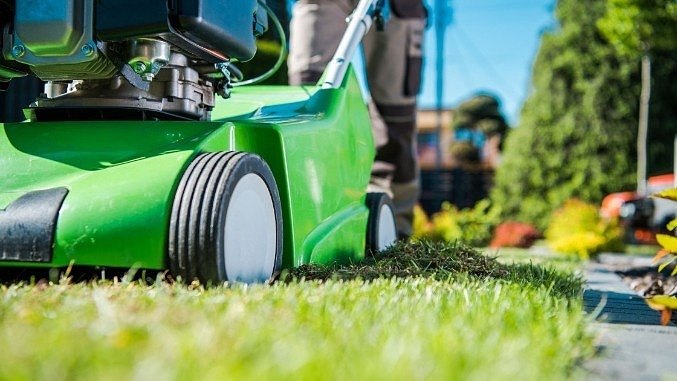
Lawn care
The lawn takes a battering from being walked on, the kids and pets playing on it, and by enduring so much wear and tear over the warmer months of the year.
Frequent mowing during the summer encourages roots to spread, which helps to block out weeds and fill in gaps - the overall benefit of proper lawn care ensures a tip-top lawn from season to season
Frequent mowing during the summer encourages roots to spread, which helps to block out weeds and fill in gaps - the overall benefit of proper lawn care ensures a tip-top lawn from season to season
Top lawn care tips:
- Give your lawn a feed with a specialist fertiliser tailored to ensure an even supply of nutrients, resulting in a lush and healthy lawn.
- Fill in sparse patches with grass seed, this will help to thicken the lawn and fill in damaged areas as well as help the overall colour of your lawn.
- Remove weeds to tackle problem areas within your lawn, dandelions can prove troublesome with deep roots that compete for nutrients.
- For newly laid turf, water daily after laying and ensure enough water penetrates into the soil beneath to help it to establish.
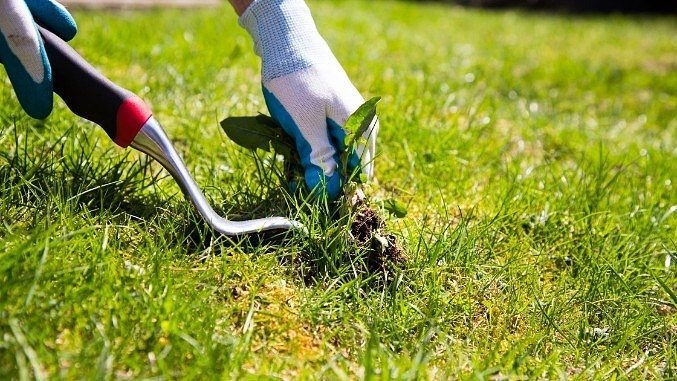
Weeding
In the warmer months, it's not only your plants and lawn that thrive, but also weeds. Expect significant weed growth around your beds, borders, patio area, and lawn. The combination of warmer weather and regular watering creates ideal conditions for weeds to flourish, overtaking your garden and competing with other plants for essential nutrients.
Top tips for weeding:
- Always try to completely remove the root of the weed from the area with a quick twist and pull.
- If pulling weeds by hand is tedious, get yourself a grubber to aid with deeper rooted weeds such as dandelions with minimal damage to the surrounding soil.
- Weed killers are a quick way to control deep-rooted perennial garden weeds at the source, with some helping to control a range of weeds such as nettles, dandelion and bindweed. Use plant protection products safely. Always read the label and product information before use
- Weed protection fabrics provide a heavy-duty level of control to stop weed growth by creating a barrier to stop light from penetrating, thus preventing weed growth while still letting water in.

Deadheading
To ensure the consistent production and growth of flowers from your herbaceous perennials, cut back your flowers as they begin to go over, doing this will encourage more growth and a consistent crop through the summer, sometimes way into autumn.
Top tips for deadheading:
- Pinch or cut the stem below the flower and remove the dead flower head.
- Always check which flowers require deadheading and the best method for deadheading.
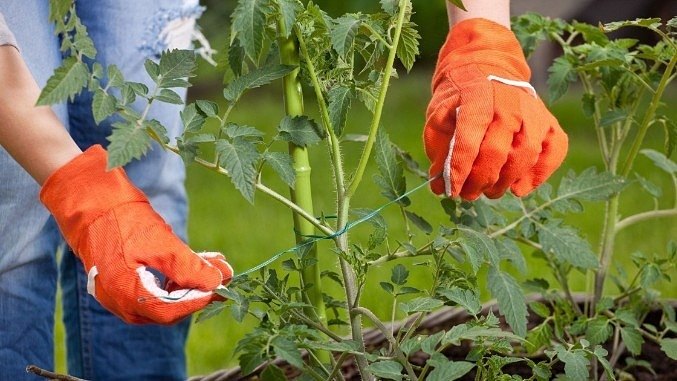
Staking
Tomatoes sprawling all over your patio? Sweet peas running amok in your beds? Dahlias flopping over? Plant supports are the best way to control your unruly climbers and herbaceous plants.
Top tips for staking plants:
- Tomato cage planters work well for training your tomatoes and protecting them from flopping over. Tie your plants to the cage for added support.
- Climbing plants do well with obelisks as they provide support so climbers can grow and entiwne as they establish, these are easy to make yourself from bamboo canes,gardening twine and cane caps.
- For plants that grow outwards as well as upwards, trellising works really well!
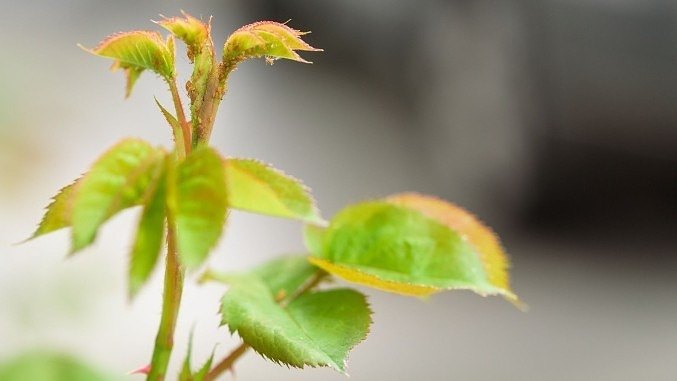
Pest and disease control
Few things strike fear in the heart of a gardener more than the prospect of pests devouring their tender, newly grown plants. If you need to take back control from pests, our solutions are here to help you protect your plants and garden.
Few things strike fear in the heart of a gardener more than the prospect of pests devouring their tender, newly grown plants. If you need to take back control from pests, our solutions are here to help you protect your plants and garden.
Top tips for pest and disease control:
- Always read the label and safety instructions when it comes to pest control products to ensure the correct application method to your plants.
- To avoid fungal diseases spreading, remove (and preferably) burn diseased leaves and foliage so disease cannot transfer to other plants.
- Avoid watering in the evening after warm days as the warm, moist soil and foliage create the perfect condition for fungal diseases to develop and take over.
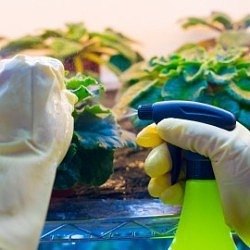
Organic pest control
Organic pest controls are easy and safe to apply to create excellent levels of environmentally friendly pest control. The use of organic pest controls encourages hoverflies and ladybirds into your garden for free, providing a chemical-free control of pests.Shop organic pest control
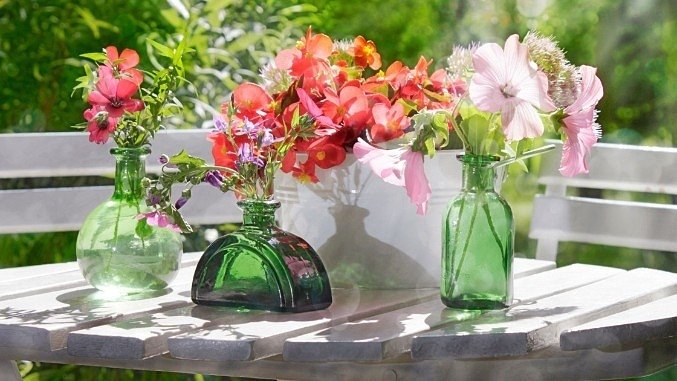
Enjoy your garden
After all of the hard work you’ve put in over the winter months, the final thing to do is to sit back, relax and enjoy your garden in full bloom.
Why not finish up with some decorative pots and planters? Mix and match with your existing décor or transform your garden to showcase with a brand-new theme!
After all of the hard work you’ve put in over the winter months, the final thing to do is to sit back, relax and enjoy your garden in full bloom.
Why not finish up with some decorative pots and planters? Mix and match with your existing décor or transform your garden to showcase with a brand-new theme!
Related articles
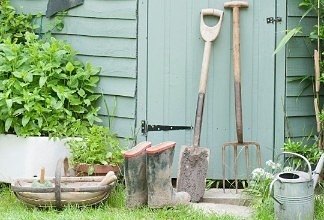
Monthly gardening calendar
Take a look at our 12-month calendar for the jobs that need special attention month by month.find out more
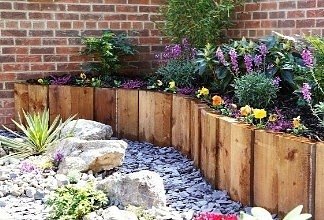
Styling your garden for summer
Let’s look at the ways you can add the luxury finishing touches to your garden this summer.find out more
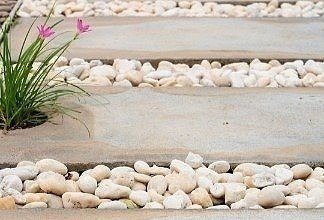
Decorative stone landscaping
Ideas for using decorative stones as part of your landscaping scheme.find out more
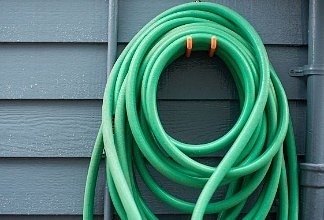
Your guide to garden hoses
When it comes to choosing the best hose for your garden, there are a few things to consider.find out more
